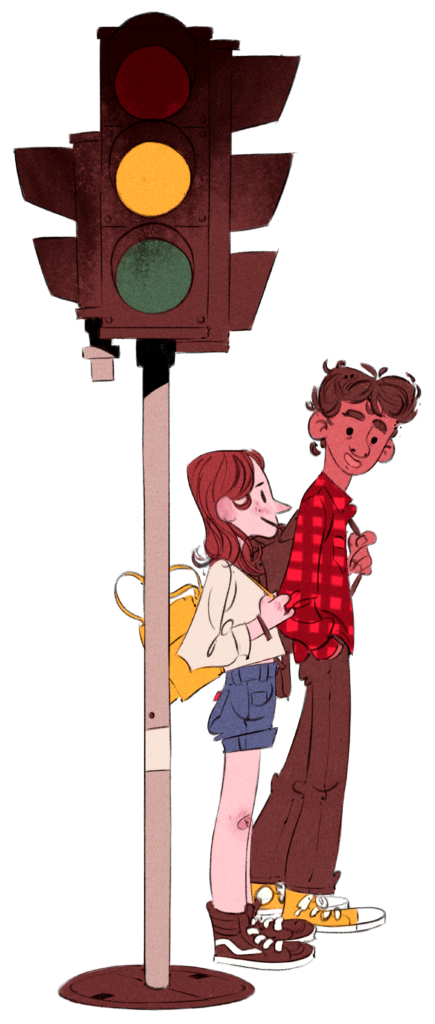Sexual harassment
Sexual harassment differs from other harassment in that what is done and said puts the body, sex and gender into play.

«Sexual harassment is unwanted sexual attention that has the purpose or effect of being offensive, intimidating, hostile, degrading, humiliating or bothersome. Sexual harassment can occur in many different forms and can be both physical, verbal and non-verbal (body language).»
Not welcome or mutual
An important criterion for whether something is sexual harassment or not is perhaps primarily about whether the sexual attention is not welcome or mutual. The word harassment makes us think that the sender himself wants to hurt someone with what is said or done.
That’s not how it is. Even where the sender did not intend to harm or embarrass anyone, the person to whom the attention was directed may find it harassing. Nor does the sexual attention need to be motivated by sexual desire to fall under the category.
Examples of sexual harassment
Typical examples of sexual harassment are comments on the body, gender and appearance, imitating sexual acts (e.g. jerking or licking) and groping others. Sexually charged staring or looking are other examples.
There is also smirking at other people’s comments, which means that everyone understands that one gives these comments a sexual costume, e.g. the coach or teacher saying “Take your clothes off before you go in” which causes some students to purposely grin and twist it so the teacher wants to see them naked. If someone shows pictures or videos with sexual content to someone who does not want it themselves, this will also fall under the concept of sexual harassment.
Unwanted attention affects differently
Some are more exposed than others, this applies to both groups and individuals. We know e.g. that children who become sexually mature early are more exposed to comments on their body and appearance than those who have developed later. Dark-skinned people are also more at risk than those with lighter skin.
Being exposed to unwanted sexual attention is associated with poorer mental health, i.a. reduced quality of life, dissatisfaction and low self-esteem.
Fluid transitions
There can be fluid transitions between what is experienced as positive attention to one’s own gender and sexuality, and what is perceived as harassing. Often this has to do with the situation, who is saying or doing something, and what is being said and done.
It is also the case that children and young people try out what is okay and what is not okay to say and do, which also gives different nuances to how to understand and interpret what is said and done.
Difficult to speak up when someone crosses the line
Many children and young people say that they experience unwanted or unacceptable sexual attention at school and other venues, but that they do not perceive it as sexual harassment. A common way of dealing with unwanted attention is to let it pass because you understand that the sender does not want any harm.
Then letting them know that “I didn’t like this” can be perceived as rejecting the sender or causing great embarrassment. Something you don’t want for fear of destroying what you perceive to be a good relationship. It is also common that people do not give notice because they do not want to be perceived as stuffy or difficult. Perhaps the sender thinks that he has given the person a compliment?
Creating a safe culture versus pushing the limits of what one can tolerate
Prevention is about creating a culture where there is little fertile ground for sexual harassment. An important question is: Is it perceived as safe to be part of the environment here? Often the question seems to be “How much can he/we tolerate?”.
It is important to build a culture that promotes security between the people who associate with each other.
It must be safe in the sense that you must not listen to comments about gender and body, be it your own or someone else’s. It must be safe in the sense that you don’t have to hear authority figures tell crude jokes to each other or to children and young people.
It must be safe in the sense that adults are models in respectful dealings with each other, both in word and deed. The adults around children and young people have a special responsibility here, as they are perceived as models for what is acceptable and what is not.
